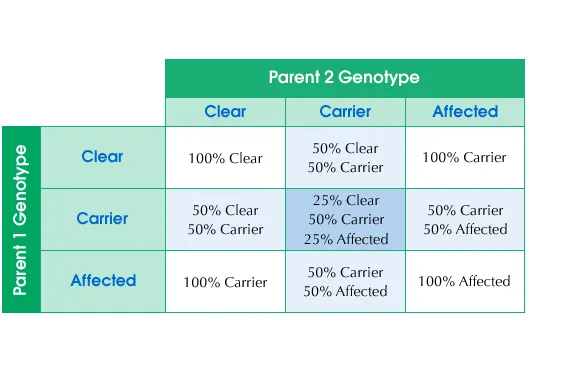APRIL 8, 2019
What is Bully Whippet Syndrome?

If dogs competed in the Olympics, you would expect a Whippet would be best suited for the 100-meter dash instead of weightlifting, right? Yet, some dogs with Bully Whippet Syndrome look like they could lift with the best of them. So what makes some pups of this breed look like Arnold Schwarze-doggy instead of the sleek, graceful runners they’re supposed to be? The answer is in their genes. Here’s what you need to know about Bully Whippet Syndrome.
ORDER YOUR DNA TESTWhat is Bully Whippet Syndrome?
Myostatin Deficiency or Bully Whippet Syndrome is an autosomal inherited recessive trait that makes the Whippet appear heavily-muscled, or double-muscled. This is a physically-manifested trait only and does not affect the naturally-sweet disposition of the breed. It is nicknamed “Bully” because it is more commonly seen in cattle and sheep.
It is the myostatin gene that regulates a Whippet’s muscle-mass as well as its composition. When a dog has one copy of the “Bully” mutation on that gene (heterozygous), its appearance is not markedly different from its peers; however, it does appear to give the dog a distinct advantage when racing. But if a dog has two copies of the mutation (homozygous), then the double-muscling is expressed and the dog cannot race.
Which Dog Breeds are Affected?
As its name connotes, only the Whippet is affected by this syndrome. It has not been seen in other sight-hounds, including the Greyhound.
What are the Consequences of Bully Whippet Syndrome?
- Overly-muscled appearance
- Possible cardiac problems
- Possible pulmonary problems
- Problems reproducing
- Early death
Although a Bully Whippet’s body is larger, its internal organs are the size of a normal dog’s. Having to deliver blood and oxygen through a larger-than-normal body can put a lot of strain on an affected Whippet’s heart and lungs, possibly resulting in a shorter life.
ORDER YOUR DNA TESTCan Bully Whippet Syndrome be Prevented?
Bully Whippet Syndrome can be greatly mitigated through responsible breeding—that is the best method for prevention in future generations.
Is Your Dog at Risk? A Dog DNA Test for Cystinuria Can Tell You
There are 3 possible genotypes reported for this trait by our accredited DDC Veterinary laboratory:
CLEAR: those having 2 copies of the normal allele and appear to be normal
CARRIER: those having 1 copy of the normal allele and 1 copy of the Myostatin Deficiency (Bully) mutation but appear to be normal
AT RISK: those having 2 copies of the Myostatin Deficiency (Bully) mutation appear to be more heavily muscled

What is the Treatment for Bully Whippet Syndrome?
Unfortunately, there is no known cure for Bully Whippet Syndrome, although they do require vigilant care from a veterinarian. It’s important to remember that these wonderful dogs are not “freaks.” Even though they cannot race, they make loving and loyal family companions.
About DNA Diagnostics Center (DDC)
DNA Diagnostic Center is the world leader in paternity and relationship testing. We serve healthcare professionals, government agencies, and individuals around the world to determine family relationships with trusted accuracy.
More Questions? Don’t hesitate to call us: we’re here to help!
CALL NOW




